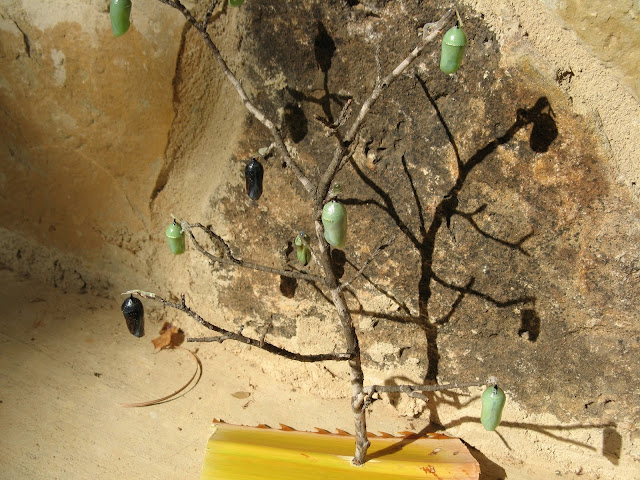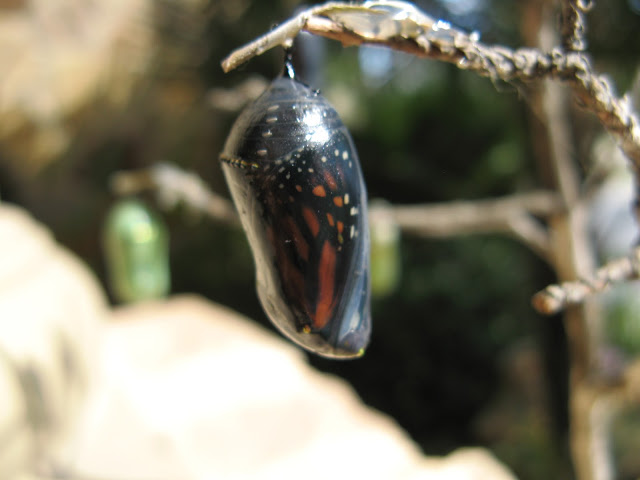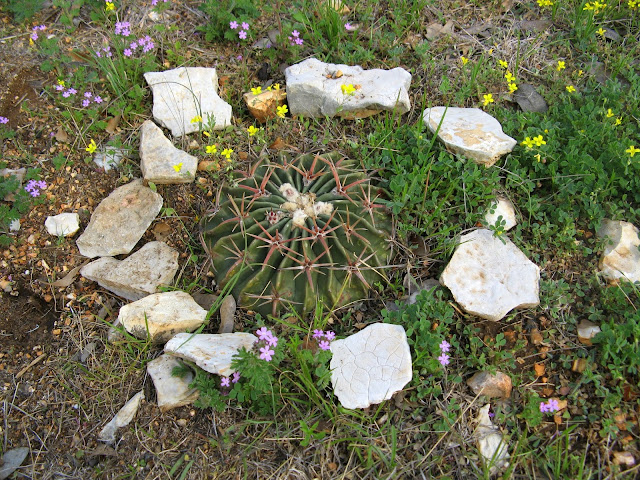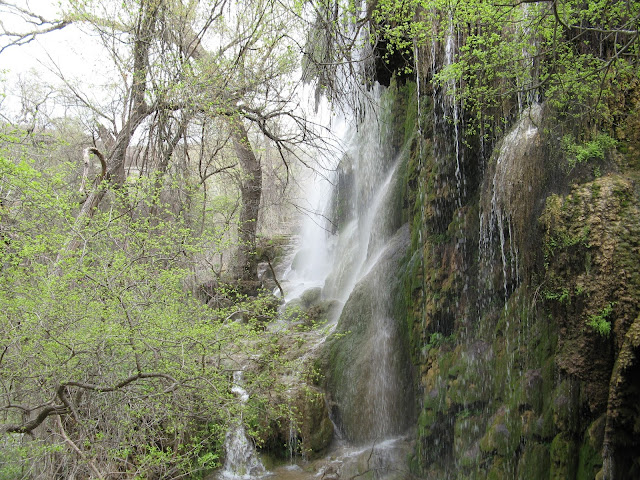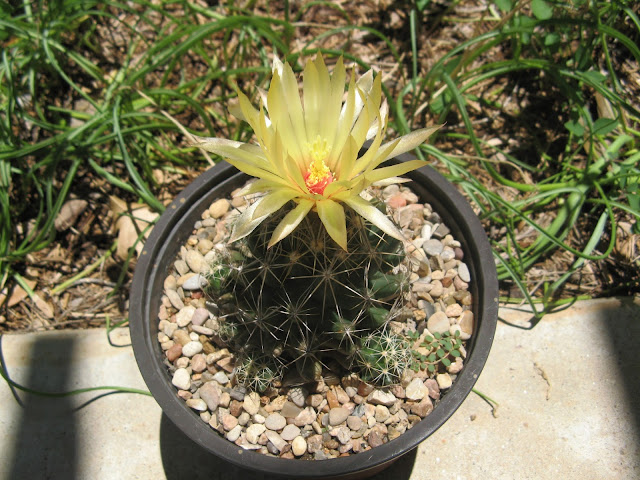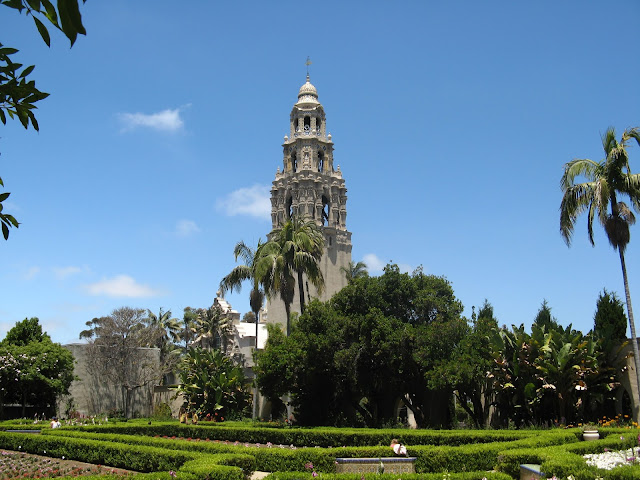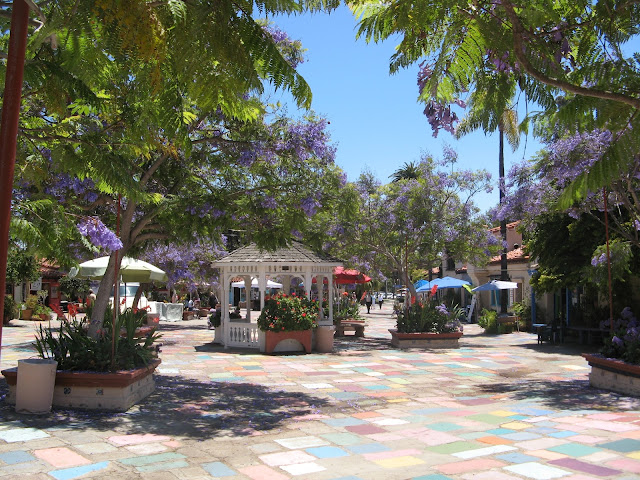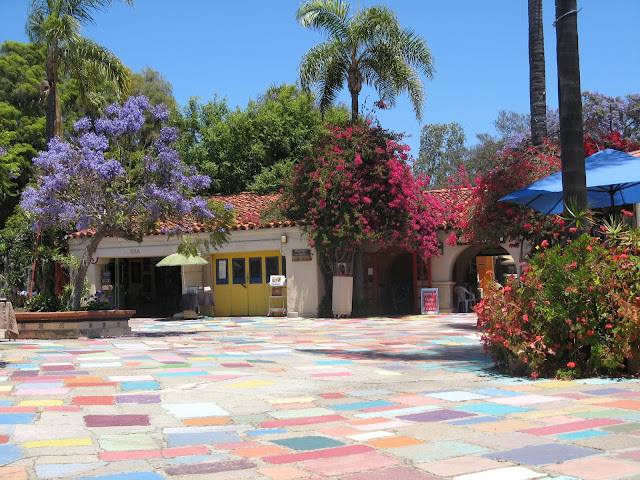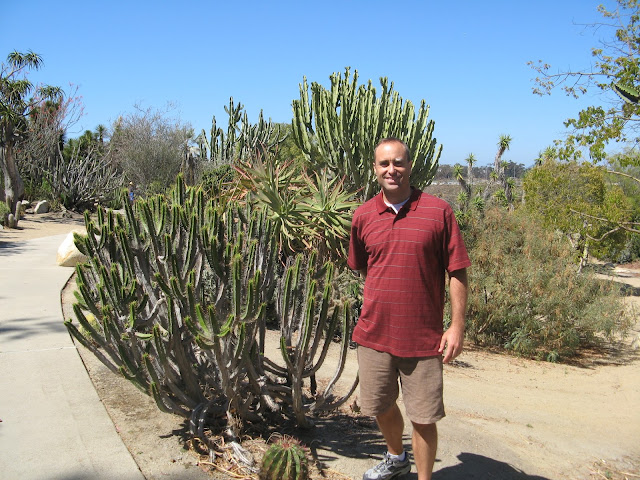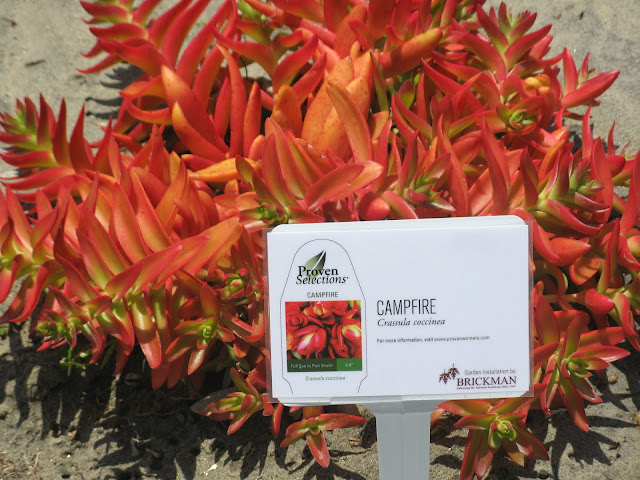 |
| Live! Monarch (Danaus plexippus) chrysalises adorn this beautiful mantel piece. |
 |
| My children helped me feed these caterpillars in plastic jars and then transfer the chrysalises to the tree once they had dried and hardened a bit. |
 |
| How can an insect produce metallic touches like gold and silver? Organic jewels designed to be admired. |
 |
| Many butterfly chrysalises shed their camouflage and become translucent hours before they eclose (emerge from their chrysalis) like these Monarchs pictured above. |
 |
| Danaus plexippus recently eclosed. |
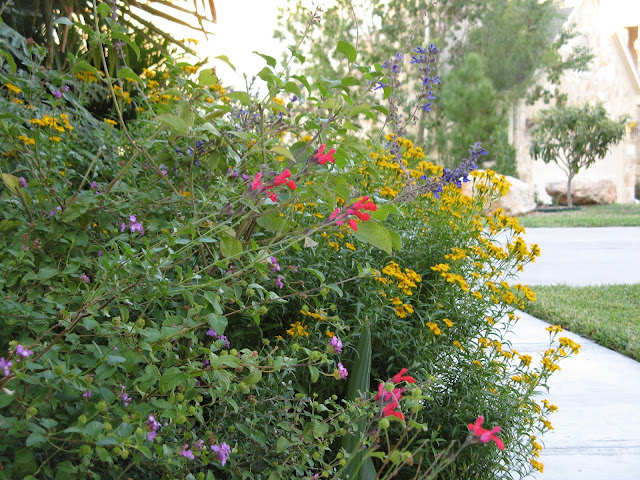 |
| Here is the butterfly garden in front of our house that may have attracted the abundance of butterflies this year. I have not seen so many Monarch visitors since this fall season several years ago. |
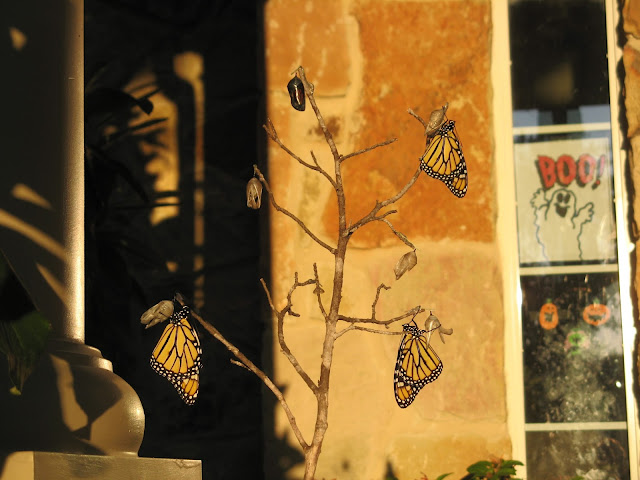 |
| Already sporting festive Halloween coloring. |
